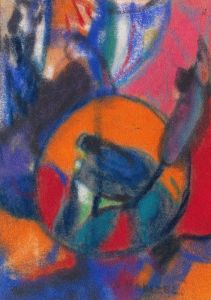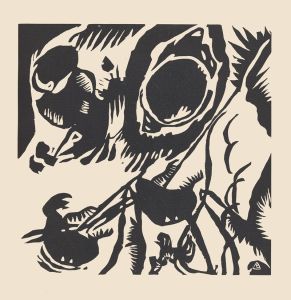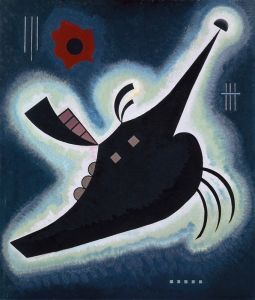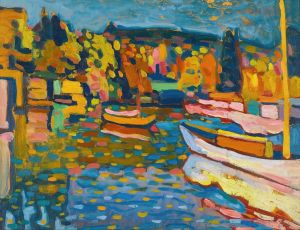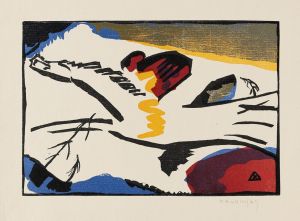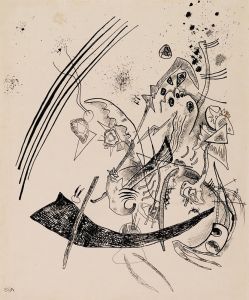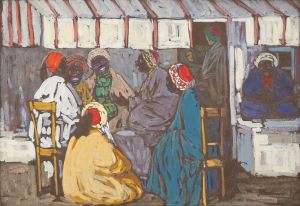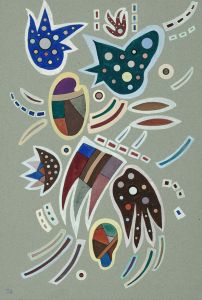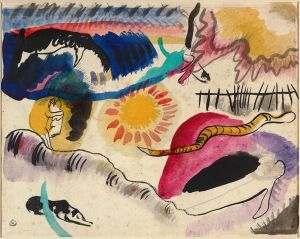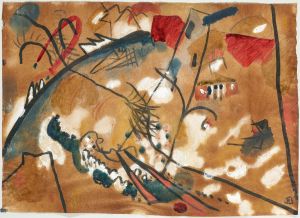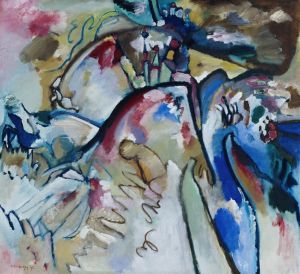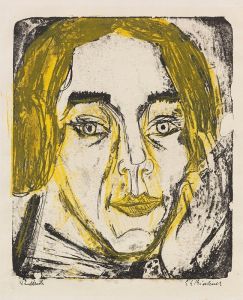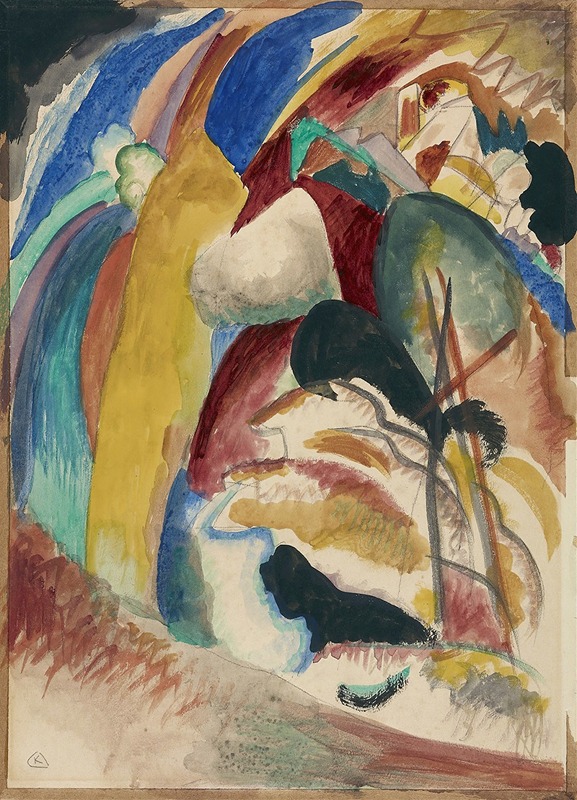
Draft for ‘Picture with White Form’
A hand-painted replica of Wassily Kandinsky’s masterpiece Draft for ‘Picture with White Form’, meticulously crafted by professional artists to capture the true essence of the original. Each piece is created with museum-quality canvas and rare mineral pigments, carefully painted by experienced artists with delicate brushstrokes and rich, layered colors to perfectly recreate the texture of the original artwork. Unlike machine-printed reproductions, this hand-painted version brings the painting to life, infused with the artist’s emotions and skill in every stroke. Whether for personal collection or home decoration, it instantly elevates the artistic atmosphere of any space.
Wassily Kandinsky's Picture with White Form is a notable work created in 1913, during the artist's highly influential abstract period. Kandinsky, a pioneer of abstract art, sought to convey emotions and spiritual experiences through non-representational forms, colors, and compositions. This painting exemplifies his innovative approach to art, where traditional depictions of objects or landscapes are replaced by dynamic arrangements of shapes and colors.
Picture with White Form is characterized by its vibrant palette and complex composition. The painting features a variety of geometric and organic shapes, with a prominent white form that stands out amidst the surrounding colors and lines. Kandinsky's use of white in this work is significant, as he often associated the color with purity, silence, and potential. The interplay of colors and forms in the painting creates a sense of movement and rhythm, reflecting Kandinsky's interest in the relationship between visual art and music. He believed that art could evoke emotions in a manner similar to music, and this idea is evident in the harmonious yet dynamic arrangement of elements in Picture with White Form.
This painting was created during a pivotal moment in Kandinsky's career, as he was deeply involved in the development of abstract art. In 1911, Kandinsky co-founded the Der Blaue Reiter (The Blue Rider) group, an influential collective of artists who sought to explore new artistic expressions beyond traditional representation. By 1913, Kandinsky had fully embraced abstraction, focusing on the spiritual and emotional power of art rather than its representational accuracy. Picture with White Form is a reflection of these ideas, showcasing his commitment to abstraction and his belief in the transformative potential of art.
The painting is part of Kandinsky's broader body of work that explores the connections between color, form, and spirituality. His writings, particularly his seminal book Concerning the Spiritual in Art (1911), provide insight into his artistic philosophy and the theoretical underpinnings of his work. In this text, Kandinsky discusses the emotional and symbolic significance of colors and forms, ideas that are vividly realized in Picture with White Form.
Today, Picture with White Form is recognized as an important example of Kandinsky's contribution to the development of modern art. It is housed in the Städtische Galerie im Lenbachhaus in Munich, Germany, which holds one of the most extensive collections of works by the artist. The painting continues to be celebrated for its innovative approach to abstraction and its enduring influence on the evolution of 20th-century art.





